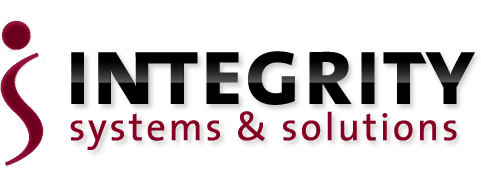
By: Michael Vincelette on April 28th, 2025
Windows 11: A Smarter, Safer Upgrade for Healthcare Practices
As healthcare organizations face increasing cybersecurity threats and stricter compliance demands, the upcoming end of support for Windows 10 in October 2025 marks a critical turning point. Continuing to operate on an outdated system could put patient data, operational efficiency and HIPAA compliance at serious risk. This blog explores why the transition is essential — and how it can be done without disrupting care.
Security That Works in the Background
Windows 11’s zero-trust model and built-in protections like TPM 2.0, encryption, and malware prevention help secure patient data with minimal user input. These features reduce emergency patches and system disruptions while meeting HIPAA security requirements.
Key benefits:
- Hardware-enforced stack protection
- Virtualization-based security
- Phishing and ransomware prevention
- Centralized security controls
- Secure-core PC features
Streamlined Interface for Busy Clinical Areas
The intuitive interface reduces the steps needed to access apps and patient data. With centered icons, touch-friendly design and Snap layouts, clinicians can work faster without breaking focus during patient interactions.
Benefits for clinical workflows:
- Faster access to patient info
- Touchscreen optimization for mobile use
- Customizable screen layouts to compare records
- Lower cognitive load and improved provider focus
Reliable Performance Under Pressure
Windows 11 offers faster startups, smarter memory handling, and background updates to reduce tech interruptions during care. It supports resource-heavy tools like imaging software and EHRs, extending the life of current devices without sacrificing performance.
Performance wins:
- Optimized for speed and multitasking
- Intelligent update scheduling
- Better handling of high-demand apps
- Fewer crashes and system slowdowns
Seamless Integration with Healthcare Tools
Windows 11 improves compatibility with medical devices, cloud systems and collaboration platforms like Microsoft Teams. It enables secure access across care settings, including telehealth, with better support for virtual desktops and synchronized patient data.
Care coordination gains:
- Stronger device and system integration
- Secure remote access
- Enhanced virtual consultation tools
- Better interoperability between platforms
Low-Disruption Implementation Strategy
To minimize disruption, healthcare IT teams should take a phased approach — starting with administrative systems and moving toward clinical workstations. Compatibility checks, microlearning training and rollback plans ensure continuity throughout the upgrade.
Tips for a smooth rollout:
- Pre-assess hardware and software.
- Pilot updates in low-risk areas.
- Use short, targeted training for busy staff.
- Maintain legacy app access with compatibility tools.
Act Now to Stay Compliant and Secure
Windows 11 protects patient data, improves performance and supports HIPAA compliance — without compromising clinical workflows. With the Windows 10 deadline approaching, the time to act is now.
Need help planning your transition? Contact Integrity Systems for a free consultation and let us guide your upgrade from start to finish.


